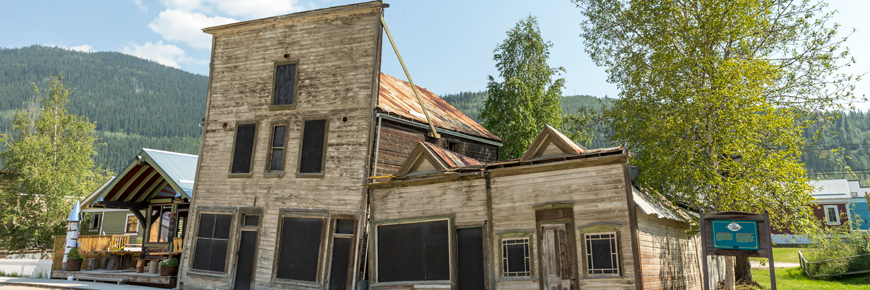
Culture and history
Klondike National Historic Sites
Few episodes in Canadian history have so captured imaginations as the Klondike Gold Rush of 1897-8. Tens of thousands of adventurers and fortune seekers faced the rigors of the trail to dig for gold along the creeks feeding the Klondike River, and a boomtown exploded in the traditional territory of the Tr’ondëk Hwëch’in.
Join us at Klondike National Historic Sites this summer as we commemorate some incredible moments in our shared past. It was 125 years ago that the Yukon became a territory, 125 years ago that the goldrush brought tens of thousands of gold seekers to the area, 50 years ago that the ground-breaking document “Together Today for Our Children Tomorrow” was presented to Ottawa by a delegation of Yukon First Nation Chiefs paving the way for negotiations for a modern treaty, and 25 years ago that Tr’ondëk Hwëch’in signed their Self-Governing Agreement.
History
The Klondike National Historic Sites include five distinct national historic sites in and around Dawson City. All five sites are part of the assemblage of national historic sites related to the Klondike Gold Rush.
Cultural landscape
The Klondike Gold Rush captured the imagination of the western world. More than $500 million dollars worth of gold was ultimately taken from the frozen ground.
Engineering
Not long after gold was discovered in large quantities in the Klondike, dredges were brought into the Yukon, the first dredge being built in the fall of 1899.
- Date modified :